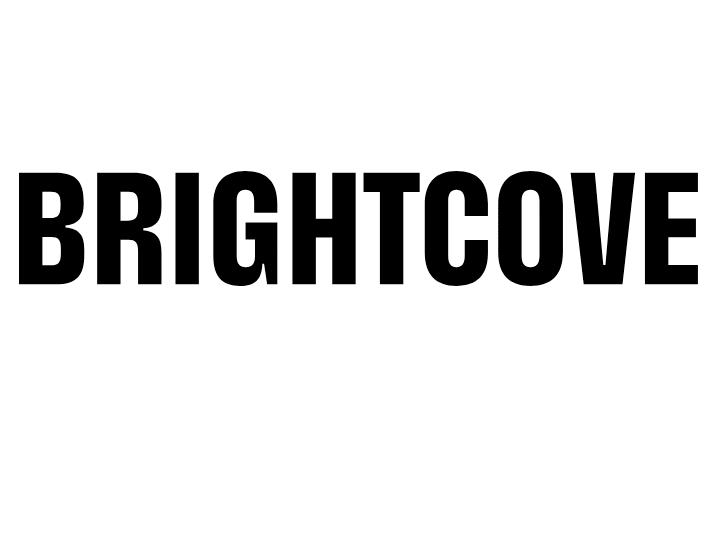Summary:
In the summer of 2020, I joined Anecdata as a user research intern. Anecdata is free citizens science platform based out of the MDI Biological Laboratory in Bar Harbor, Maine. As the first group of usability interns, we were responsible for a general usability audit of the web platform and the mobile app. During this internship, I was able to complete remote moderated user research and produce a competitors report for the feature that users struggled the most with. This was also the largest UX team that I have worked with to date and provided plenty of opportunities for collaboration.
Study Design:
The usability testing sessions had 5 study participants (2 site, 3 mobile/tablet app) and sessions were conducted over Zoom. Participants were recruited from Citizen Science Facebook groups and had all been a part of a citizen science community since at least 2018. Participants tested either the site or app experience depending on their response to the screener questions. All participants answered pre-study questions, completed their tasks and finally answered post-study questions.
The competitors report was part of a deeper dive into improving users experience with creating datasheets (this feature allows project admins to customize how project data will be collected). For comparison, I choose three active projects on Anecdata and recreated the datasheets that the respective project admins had created using Google Forms, Wufoo, and Typeform.
Project Goals and Questions:
‣ Identify the goals and needs of users while using a citizen science platform.
‣ A general evaluation of the Anecdata platform (website and mobile app).
‣ How are project leaders engaging with Anecdata?
‣ Finding pain points for website users throughout the account registration and project creation journeys.
‣ Find pain points for mobile users throughout the account registration and data reporting journeys.
Challenges:
‣ Recruiting participants for a remote moderated usability study was something I had never done before. The beginning of my internship was heavily focused on making sure that I was recruiting the right participants and recruiting them the right way. I decided to use public and private citizen science groups on Facebook, asking permission of the group admins before posting. Drafting messages that communicated everything clearly the first time was a huge part a successful recruiting process, whether it was to the admins, the recruitment post or the email to those who signed up. This recruitment process allowed me to work with participants from the US, Australia, and Brazil.
‣ Not having a specific usability testing platform was another early challenge. During my first UX research internship, I was a part of a team that used usertesting.com as their insights platform. Without the same access, another aspect of prep work was deciding what I would choose as my research repository. In hindsight, I enjoyed not being limited by the constraints of a particular platform and creating a system that worked best for me by exploring and combining different options. Had I only been using a designated platform, I probably would not have created a code book in Notion which was crucial in unpacking the reason behind user frustration with the current datasheet experience.
Findings:
‣ Multiple participants were not sure what Anecdata is/does.
While participants understood that they were testing a citizen science platform, there was some confusion as to what set Anecdata apart from the other citizen science platforms that they were already familiar with. This ambiguity led to some participants underestimating the possibilities of Anecdata as a platform. [add a rec?]
‣ Many participants felt lost due to page layout and visual hierarchy
There are many instances when participants were unsure of what they needed to do next in order to complete their task successfully. Many Participants assumed that optional steps were mandatory, like adding a photo to an observation.
[Recommendation: Increase the amount of appcues throughout the project creation flow. When participants did use the available appcues, their experience using Anecdata improved significantly. One participant /started the hot spots task saying/ "Hotspots is a totally new term for me, I don't know what that means." to “That was a very helpful explanation about Hotspots...Now that I know what it is, that's fun." and continued to create a second hotspot for fun]


















